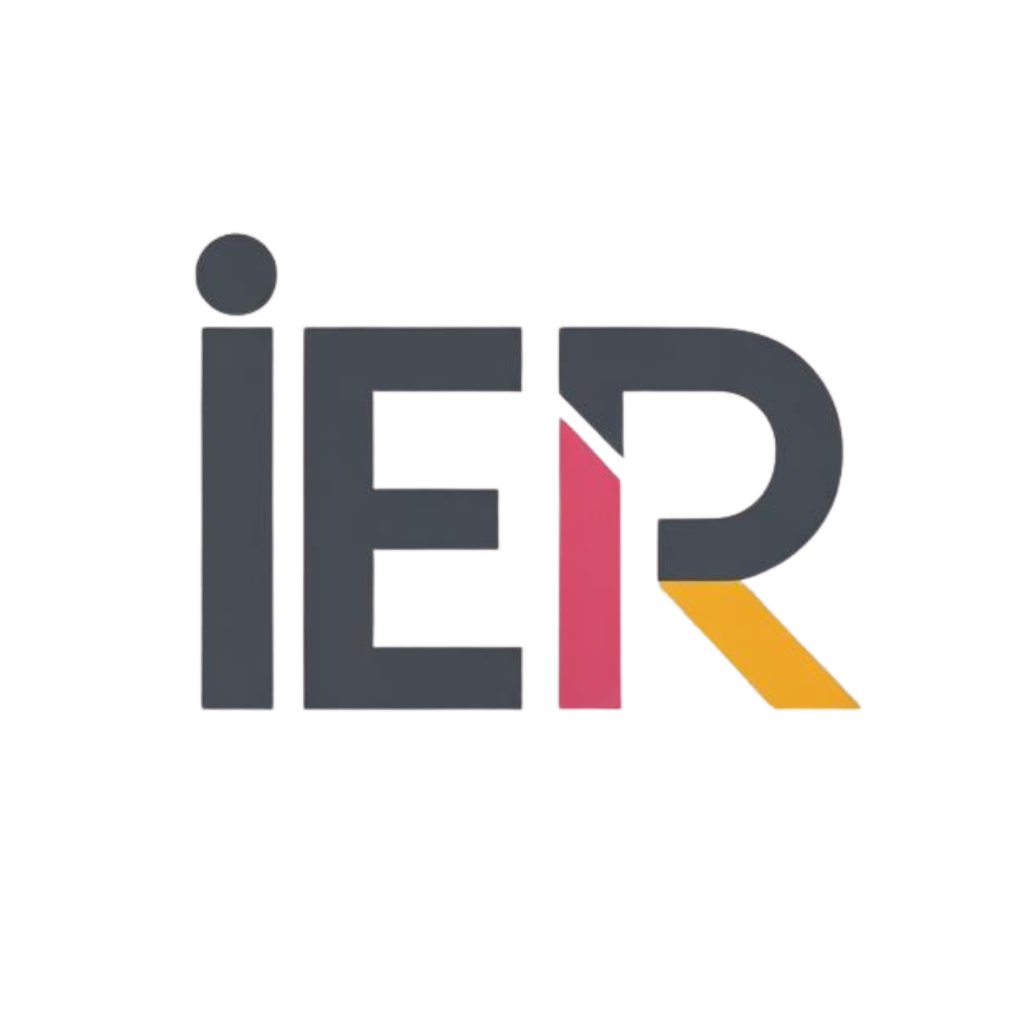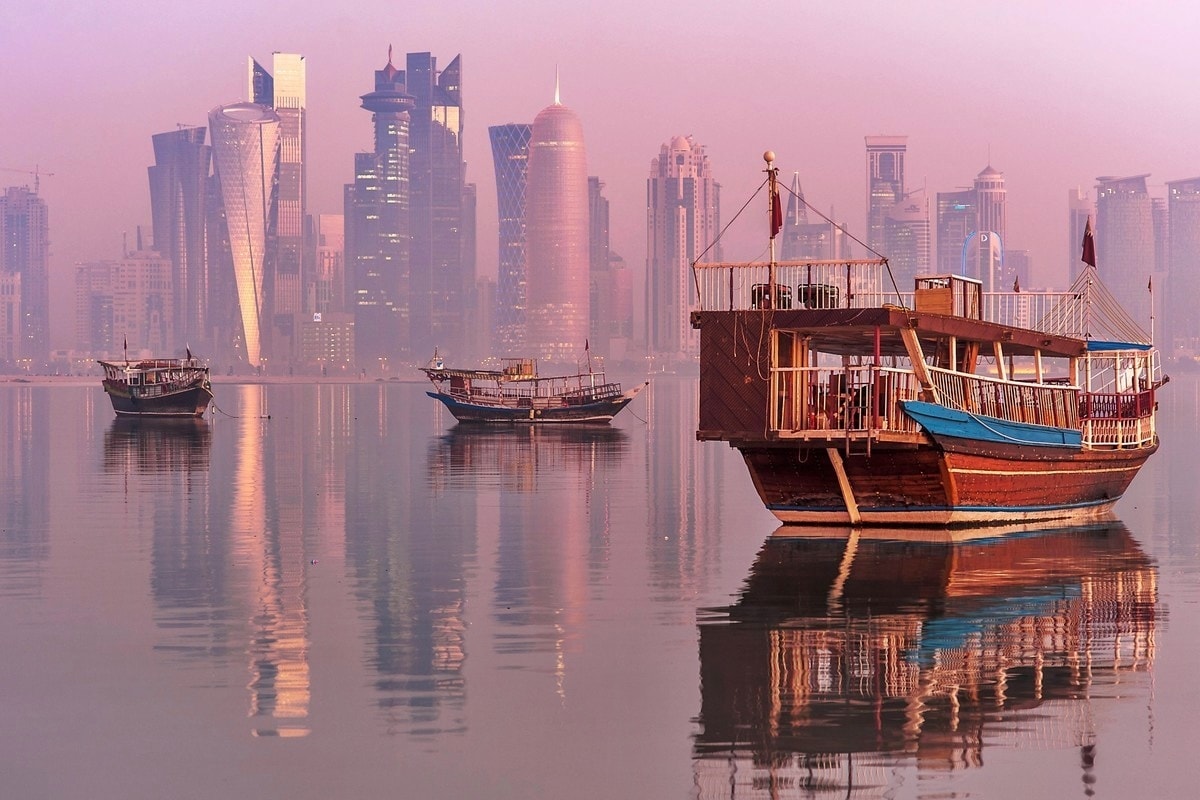The dawn of the 21st century saw a lot of organisers moving into nascent exhibition regions in the Middle East, Russia and South East Asia, for very different reasons. Although not as large a proving ground for shows as China, Latin America or India, the stock of these three regions has been steadily rising on the international stage.
Stability in a region where neighbours are making headlines with tales of civil unrest pays dividends, but this stability is not confined to politics. The United Arab Emirates (UAE) is very much an economic stronghold, sitting beneath only Saudi Arabia and Iran in the Middle East and North Africa (MENA) region in terms of productivity. It is one of the world’s wealthiest countries, with a GDP for 2014 of around US$401.65bn and GDP per capita of US$25,772.
While other markets around the world look less certain, the UAE’s combination of abundant natural resources, a stable political climate and strategic investments delivering diversified revenue streams has for some time been attracting foreign direct investment.
It’s easier to arrange exhibitions in the UAE than in neighbouring countries for many reasons besides its strong economy. It is widely regarded as a more cosmopolitan, modern and open market, with 200 different nationalities living in a place smaller than a single state in the US. One spokesman for an organiser active in the UAE pointed out to me that far from being bound by “restrictive, insular tradition” in a way that damages the reputation of some other places in the Middle East, it has more diverse nationalities and cultures than the whole of the US. Other concerns over the import of business to the region are addressed by free trade zones, wherein Emiratis are not required to have 51 per cent business ownership, aimed at attracting general business.
One thing the UAE has in common with a lot of the exhibition markets growing in popularity is the ease with which it can be reached by source markets in an age when air travel is increasingly affordable and convenient. The UAE is situated eight hours from two-thirds of the world’s population, and as a busy travel hub it is ideally placed for international exhibitions. It may not have a large domestic market, and consumer events are tough to get off the ground, but its function as a portal into the Middle East is a clear selling point.

Industrially, the UAE is a big player in construction, IT, energy, healthcare, finance and education, and the success of trade exhibitions in these sectors reflects this. One of the UAE’s leading exhibition centres, the Abu Dhabi National Exhibition Centre (ADNEC), is home to many of the region’s leading shows. DMG’s Abu Dhabi International Petroleum Exhibition and Conference (ADIPEC) is one to mention. The largest event for the industry in the Middle East began life as a biennial in 1984, a platform for oil and gas professionals to discover new ideas and debate core industry issues in a place which sits at the very heart of the oil and gas industry.
Energy aside, technology and security also have proven strong markets capable of attracting international, rather than just regional, exhibitors. Epoc Messe Frankfurt, which has been present in Dubai since 2002, has been successful here with its three-day security, safety, fire and rescue event Intersec, a show that draws a thousand exhibitors from more than 50 countries.
The former chief of defence and commander-in-chief of the Dutch Armed Forces, General DL Berlijn, helped organise the Dutch pavilion at ADIPEC in 2012. He calls the Middle East “strategically important” for the sector because it brings together players from all over the world. “The UAE has proven to be a place where people want to meet, and Intersec has proven to be a platform for people to network, a good place to establish new contacts from all over the world,” he claims.
While development seems to be at the heart of Dubai, it is clear that the level and intensity of development increased further once it won the rights to host Expo 2020. “The speed of infrastructure development in Dubai is remarkable,” commented president at DMG Events Middle East and Asia, Simon Mellor, at the time. “Throughout the economic crisis Dubai kept building, albeit things slowed, however, the pace has increased and the skyline is again filled with cranes. There are many factors driving this demand, from the Government-backed tourism drive, to the successful positioning of Dubai as the Middle East’s trading hub, but Dubai’s successful bid to host the world Expo 2020 certainly contributed to this growth and opens opportunities for the emirate.
Large-scale infrastructure development took place, not only for the event site itself, but across the city, as roads, services and hotels are all built to service the huge demand such an event puts upon a city. Of course, anyone who has kept up with the pace of development in the UAE knows Dubai is well placed to meet these demands. The Dubai Business Events team was keen to drive home the point that the many infrastructure projects put in place for Expo 2020, including the site itself, are as much for the years post-2020 as they are for the Expo. Such is the impact of a single Expo event, some 169 years after the Great Exhibition filled Sir Joseph Paxton’s Crystal Palace in London in 1851.
This all applies predominantly to trade shows, the global B2B exhibitions. With such a small population and local market, consumer shows are a struggle. However, with a growing population and a time-rich, affluent society, it is only a matter of time before this changes.


Leave a Reply